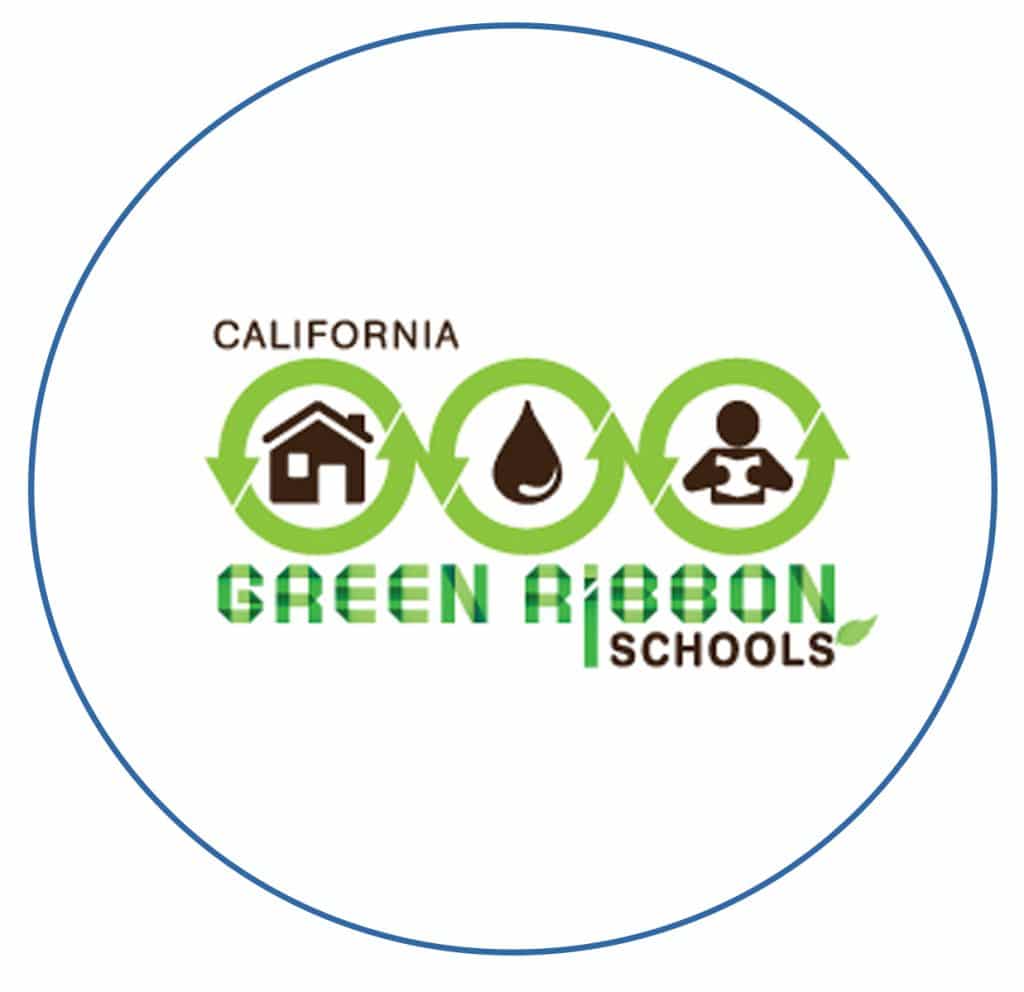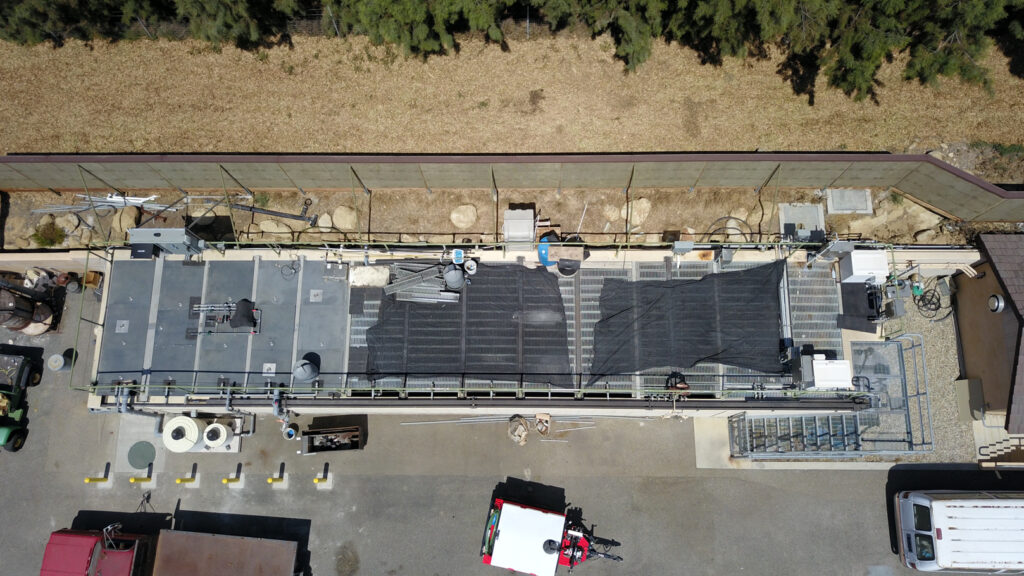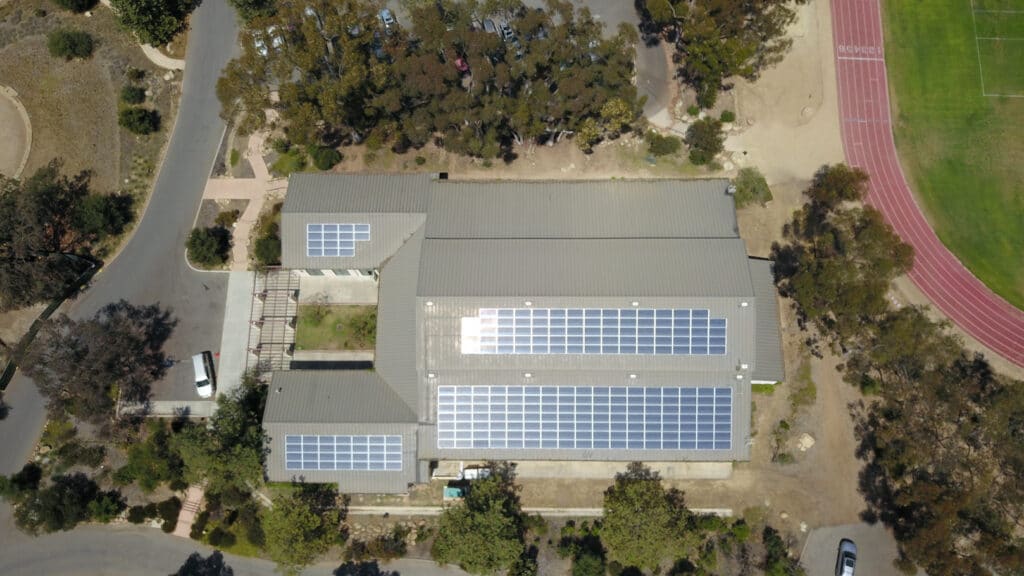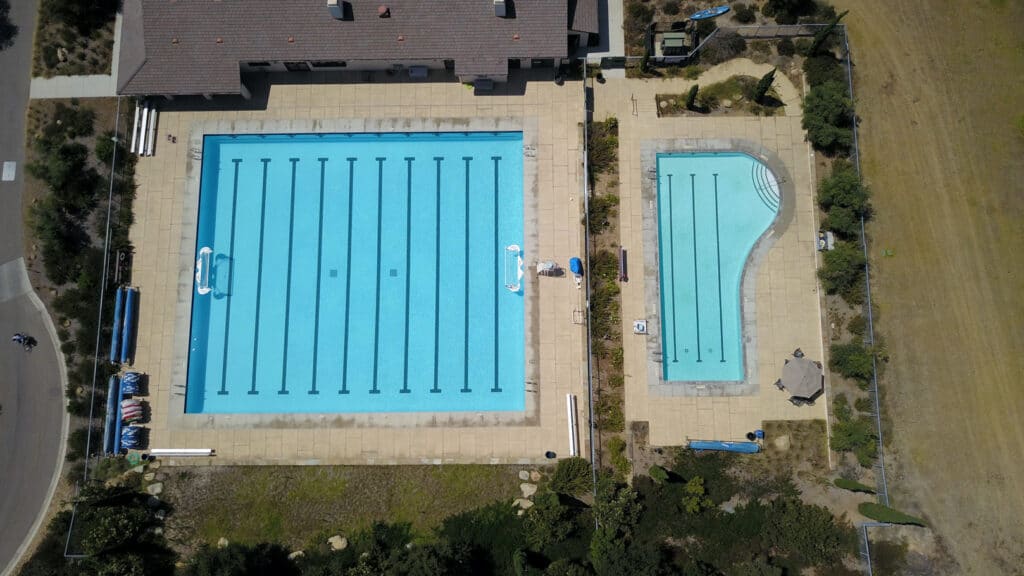Sustainability
On the Mesa, the outdoors are right on your doorstep. Every dorm room is designed to include a patio, balcony, or window looking over the Southern California nature that surrounds us. Students can watch the sun rise in the morning and set in the evening, all from the comfort of their room. Because of the connection between Cate students and the environment that we live in, we honor our home by using sustainable practices wherever we can. From our award-winning energy efficient buildings to water reclamation systems, Cate is doing its part in making the future of our planet as green as possible. Cate students motivate one another to adopt more environmentally-friendly practices through lighthearted cross-dorm challenges and educational assemblies run by our own Environmental Club.
In 2021, Cate was awarded the Green Ribbon School Award (Gold), which honors schools across the nation that promote sustainability. This is only the beginning. The people on this Mesa are working hard to form a more sustainable, ethical, and environmentally-friendly campus.



